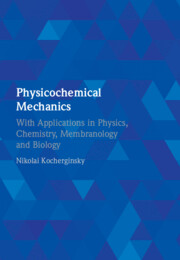Maillard products arise from condensation reactions between amino acids or proteins with reducing sugars during food processing. As ubiquitous components of human food, these early or advanced glycation products may be subject to intestinal absorption. The present study was performed to investigate the intestinal uptake of Maillard products and to determine whether they are substrates for peptide and amino acid transporters expressed at the apical membrane of Caco-2 cells. At a concentration of 10mm, Nɛ-(carboxymethyl)-L-lysine, Nα-hippuryl-Nɛ-(1-deoxy-d-fructosyl)-l-lysine,Nα-hippuryl-Nɛ-(carboxymethyl)-L-lysine and Nɛ-(1-deoxy-d-fructosyl)-l-lysine inhibited the [14C]glycylsarcosine uptake mediated by the H+–peptide co-transporter PEPT1 by 13 to 45%.For Nɛ-(1-deoxy-d-fructosyl)-l-lysine, an inhibitory constant of 8·7mm was determined, reflecting a low affinity to PEPT1 in comparison with natural dipeptides. Uptake of l-[3H]lysine was weakly affected by Nɛ-(carboxymethyl)-L-lysine, Nα-hippuryl-l-lysine and Nα-hippuryl-Nɛ-(carboxymethyl)-L-lysine but strongly inhibited by Nɛ-(1-deoxy-d-fructosyl)-l-lysine (81%). None of the Maillard products was able to inhibit the uptake of l-[3H]leucine by more than 15%. We also studied the transepithelial flux of Maillard productsacross Caco-2 cell monolayers cultured on permeable filters. The flux rates of Maillard products ranged from 0·01 to 0·3%/cm2 per h and were shown to be muchlower than those of carrier substrates such as glycylsarcosine, l-proline and the space marker 14C]mannitol. We conclude that the Maillard products investigated in the present study are neither transported by PEPT1 nor by carriers for neutral amino acids. The low transepithelial flux measured for these compounds most probably occurs by simple diffusion.


